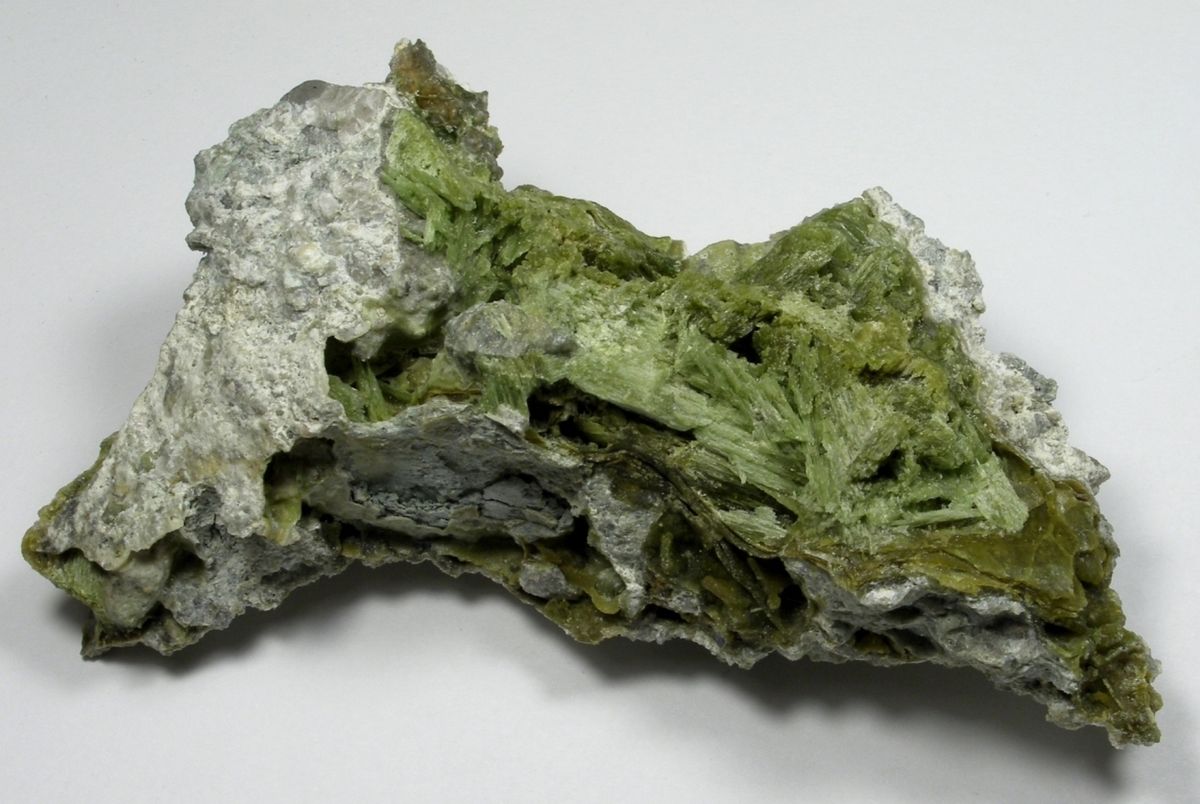
Monohydrocalcite might sound like a mouthful, but it's a fascinating mineral with some cool properties. Found in caves, hot springs, and even in some marine environments, this mineral is a form of calcium carbonate. Unlike its more famous cousin, calcite, monohydrocalcite contains water molecules within its structure. This makes it unique and interesting to scientists and hobbyists alike. Why should you care about monohydrocalcite? Because it plays a role in the formation of speleothems (those stunning cave formations) and can even be found in some biological systems. Ready to learn more? Let's dive into 25 intriguing facts about this lesser-known mineral!
Key Takeaways:
- Monohydrocalcite is a unique mineral with water molecules in its structure, forming in alkaline environments like caves and lakes. It has uses in scientific research and environmental studies, and can even be found in meteorites!
- This mineral, first described in 1963, has distinct physical properties and can be associated with organic matter and microbial mats. It's worth exploring for its potential industrial applications and its role in biomineralization processes.
What is Monohydrocalcite?
Monohydrocalcite is a fascinating mineral that often flies under the radar. It's a hydrated form of calcium carbonate, which means it contains water molecules within its crystal structure. This mineral has some unique properties and occurrences that make it worth exploring.
- Monohydrocalcite is a hydrated calcium carbonate mineral, meaning it includes water molecules in its structure.
- Its chemical formula is CaCO3·H2O, indicating one molecule of water for each molecule of calcium carbonate.
- This mineral typically forms in alkaline environments, such as caves and certain lakes.
- It can appear in a variety of colors, including white, gray, and even pale yellow.
- Monohydrocalcite is often found in stalactites and stalagmites within caves.
Formation and Occurrence
Understanding where and how monohydrocalcite forms can give us insight into its unique characteristics. This mineral is often associated with specific environmental conditions.
- It forms in alkaline lakes, where the pH level is higher than neutral.
- Monohydrocalcite can also develop in cave systems, particularly in areas with high humidity.
- It is sometimes found in biological settings, such as within the shells of certain marine organisms.
- This mineral can form as a result of biomineralization, a process where living organisms produce minerals.
- Monohydrocalcite is often associated with other carbonate minerals, like calcite and aragonite.
Physical Properties
Monohydrocalcite has some distinct physical properties that set it apart from other minerals. These properties can help in identifying and studying the mineral.
- It has a hardness of 2.5 on the Mohs scale, making it relatively soft.
- The mineral has a specific gravity of 2.7, which is a measure of its density.
- Monohydrocalcite typically forms needle-like crystals or fibrous aggregates.
- It has a vitreous to silky luster, giving it a shiny appearance.
- The mineral is birefringent, meaning it can split light into two separate rays.
Uses and Applications
While monohydrocalcite may not be as well-known as other minerals, it has some interesting applications and uses.
- It is used in scientific research to study biomineralization processes.
- Monohydrocalcite can be a model compound for understanding the formation of other carbonate minerals.
- It is sometimes used in environmental studies to monitor changes in alkaline lake systems.
- The mineral can be a collector's item due to its unique crystal formations.
- Monohydrocalcite is also studied for its potential use in industrial applications, such as water treatment.
Interesting Facts
Here are some additional intriguing tidbits about monohydrocalcite that highlight its uniqueness and importance.
- Monohydrocalcite was first described in 1963 from a cave in Tasmania, Australia.
- It can form in microbial mats, where bacteria play a role in its precipitation.
- The mineral is often found in association with organic matter, indicating a biological influence on its formation.
- Monohydrocalcite can be unstable under certain conditions, transforming into other forms of calcium carbonate over time.
- It has been found in meteorites, suggesting it can form in extraterrestrial environments.
Final Thoughts on Monohydrocalcite
Monohydrocalcite, a fascinating mineral, has captured the interest of scientists and enthusiasts alike. Its unique properties, like forming in both natural and man-made environments, make it a subject of ongoing research. This mineral's role in biomineralization processes and its potential applications in various industries highlight its importance. Understanding monohydrocalcite can lead to advancements in fields such as geology, biology, and materials science.
By exploring its formation, structure, and uses, we've uncovered the many ways monohydrocalcite impacts our world. Whether you're a student, a researcher, or just curious about minerals, knowing these facts can deepen your appreciation for this remarkable substance. Keep an eye out for future discoveries, as the study of monohydrocalcite continues to evolve, revealing even more about its intriguing nature.
Frequently Asked Questions
Was this page helpful?
Our commitment to delivering trustworthy and engaging content is at the heart of what we do. Each fact on our site is contributed by real users like you, bringing a wealth of diverse insights and information. To ensure the highest standards of accuracy and reliability, our dedicated editors meticulously review each submission. This process guarantees that the facts we share are not only fascinating but also credible. Trust in our commitment to quality and authenticity as you explore and learn with us.
